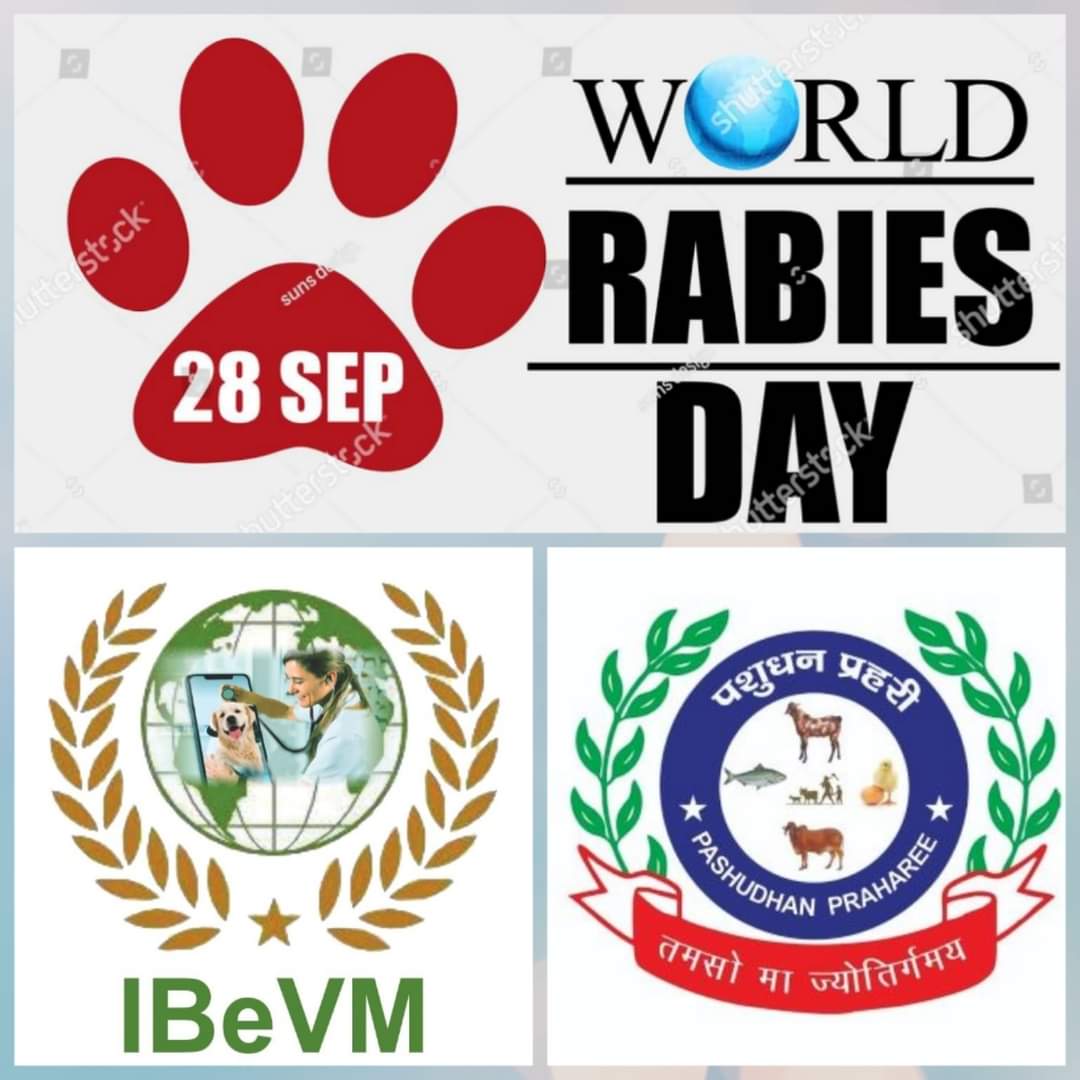Control & Eradication of Rabies in India
Rabies has been a major public health problem in India where it is estimated to kill 20-22000 people annually in India and 99% of the human cases are caused from dog bites. The number still stands low compared to the population of India but India as country records 36% of the world’s deaths.
Let’s bottle down the problem pertaining to rabies . Rabies has been constant in terms of numbers for over a decade and there is no sign of it declining. The major reason for this is rooted deep in the society which is lack of awareness , lack of preventive measure , insufficient dog vaccinations , uncontrolled dog population , poor knowledge of proper treatment post exposure to rabies , improper supply of rabies vaccine and lack of proper primary health care facilities.
With the outburst of population the factors that needs to controlled for eradication of rabies are :
1) Human Animal Conflict in Urban and Rural Areas : With increasing human population canines have travelled far and wide into the country to probably the remotest areas. As much as ABC needs to be in place human population also needs control and contained limiting to a few places as where ready medical facilities and government aided administration is there to help control these events.
2) Awareness about Rabies : Educational institutions , Offices etc. should have classes about Rabies , how are they caused , how to prevent , what measures should be taken and also post exposure medical consultation that should be taken. The should also highlight the humane side of dealing with dogs , dogs population ,sterilization and vaccination of strays in the area so that people also acknowledge that animals lives matter.
3) Government Bodies to Aid in Sterilization and ABC ( Animal Birth Control )– Government and Municipal should provide for facilities to aid in sterilization and proper implementation of Animal Birth Control program should be carried out to reduce the population of canine thereby facilitating reduction in human animal conflicts and reducing the number of rabies cases. All the sterilized canines should be vaccinated and proper documentation of the same needs to be done.
4) Adoption of Strays – Government along with NGOs should set up adoption centers to facilitate adoption of stray dogs. A lot of burden falls onto government and municipal corporation that can be shifted to NGOs and citizens of the country. An adopted dog should be provided with free vaccinations and anti rabies shots and well maintained there by creating an awareness among people to adopt stray dogs.
5) Availability of Medical Facilities – Small Clinics and Dispensaries should have Anti Rabies vaccines and proper knowledge knowledge of post exposure handling . Sharing an Experience of a friend , 1) a friend got bit by dog and he found it difficult to find rabies vaccine and vaccine centers in the city of Jamshedpur.
6) Mapping of such Centers on Google – All the centres where rabies vaccines are available should be mapped on google so that it is easy to locate.
7) Availability of Rabies are low cost– Sharing a personal experience having bitten by a bat in Jamshedpur city the biggest hospital in Jamshedpur TMH dint have a rabies vaccine. Infact I was told that government facilities have rabies vaccines available at low cost where as in the private clinics the cost was somewhere around Rs 300- 400 for a single rabies shot. The cost of anti Rabies shot should be reduced to affordable prices even at private clinics.
8) Boost NGOs – There are plenty of NGOs working towards animal welfare and boosting them can help canines be vaccine for Rabies. While we support govt bodies , supplies can also be given to NGOs that can help rabies eradication.
Both small and large NGOs are spread across the country that actively work to save animals and they can be a good resource in handling rabies.
9) Human Animal Conflicts – Highlight the key issues that result in human animal conflicts and how it can be averted. Canine behaviour can be taught by NGOs to help avert any dog bite.
The change is only possible while we work on these little aspects. Its not like it is unachievable. 20000 is a very low number if you look at the count of other diseases that is spread across the country and a very achievable number. All it require is the will to do so and adequate amount of support of government , corporates , Ngos and most importantly citizens of India.To see the change we all have to work together and bring about the change.
By -Utakarsh Kashyap, CEO, JAWS, Jamshedpur.



